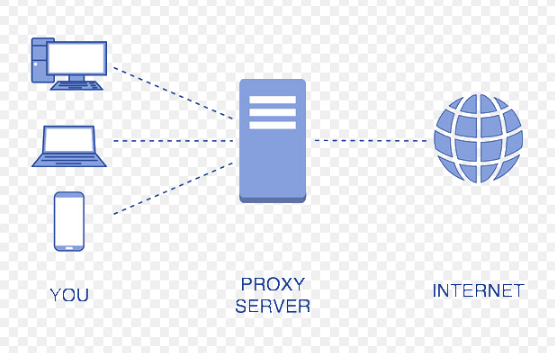Navigating the realm of network architecture often involves diving into the specifics of various components and their functions. A common point of discussion in this space pertains to the different types of proxies, specifically client proxies and server proxies. Both play pivotal roles in network communication, acting as intermediaries that facilitate or control traffic between entities. However, their functions, deployment, and benefits in a network differ significantly.
A client proxy exists on the client side of network communications. It is an application-level intermediary that acts on behalf of the client when interacting with the web. The primary role of a client proxy is to request content, such as web pages, videos, or other online services, from servers on the internet. It can store (cache) content, filter requests, and, significantly, provide a level of anonymity for the client, masking IP addresses and other identifying information.
Client proxies can be configured on individual devices or at the gateway level, affecting all users in a local network. They are especially beneficial for users seeking both security and privacy, as they navigate away from potential cyber threats or invasive tracking technologies. For users who need to switch between different proxies, using a proxy list—a resource that provides various available proxy servers—can be immensely beneficial. This approach allows the client to select another proxy quickly if one becomes unavailable or compromised. One such resource for finding different available proxy options is a dedicated proxy list website.

In contrast, a server proxy resides on the server's side of the network communications. It often acts as a reverse proxy, meaning it represents the server in an interaction, unlike the client proxy, which represents the client. Server proxies accept requests from clients across the internet, process them, and then forward them to the appropriate server. Upon receiving the server's response, these proxies send the data back to the initial client.
Server proxies are crucial for several reasons: they can distribute load, thereby protecting servers from potential crashes due to high traffic; enhance security by hiding the true details of the server landscape, and even provide accelerated data delivery through caching. Companies with substantial online traffic or those hosting sensitive data often employ server proxies.
While both client and server proxies are intermediaries in the communication process, the key difference lies in whose behalf they are acting on and the nature of the control they exert over the traffic. Client proxies protect the user’s identity and the local network from the server and potentially malicious traffic. At the same time, server proxies protect and manage server resources, ensuring efficient and secure data delivery to the client.
Understanding these nuances is crucial for network administrators and professionals making decisions on network security and architecture. The choice between client and server proxies, or potentially using both, can significantly impact network performance, security, and anonymity based on the specific needs of both the users and the servers in question.
